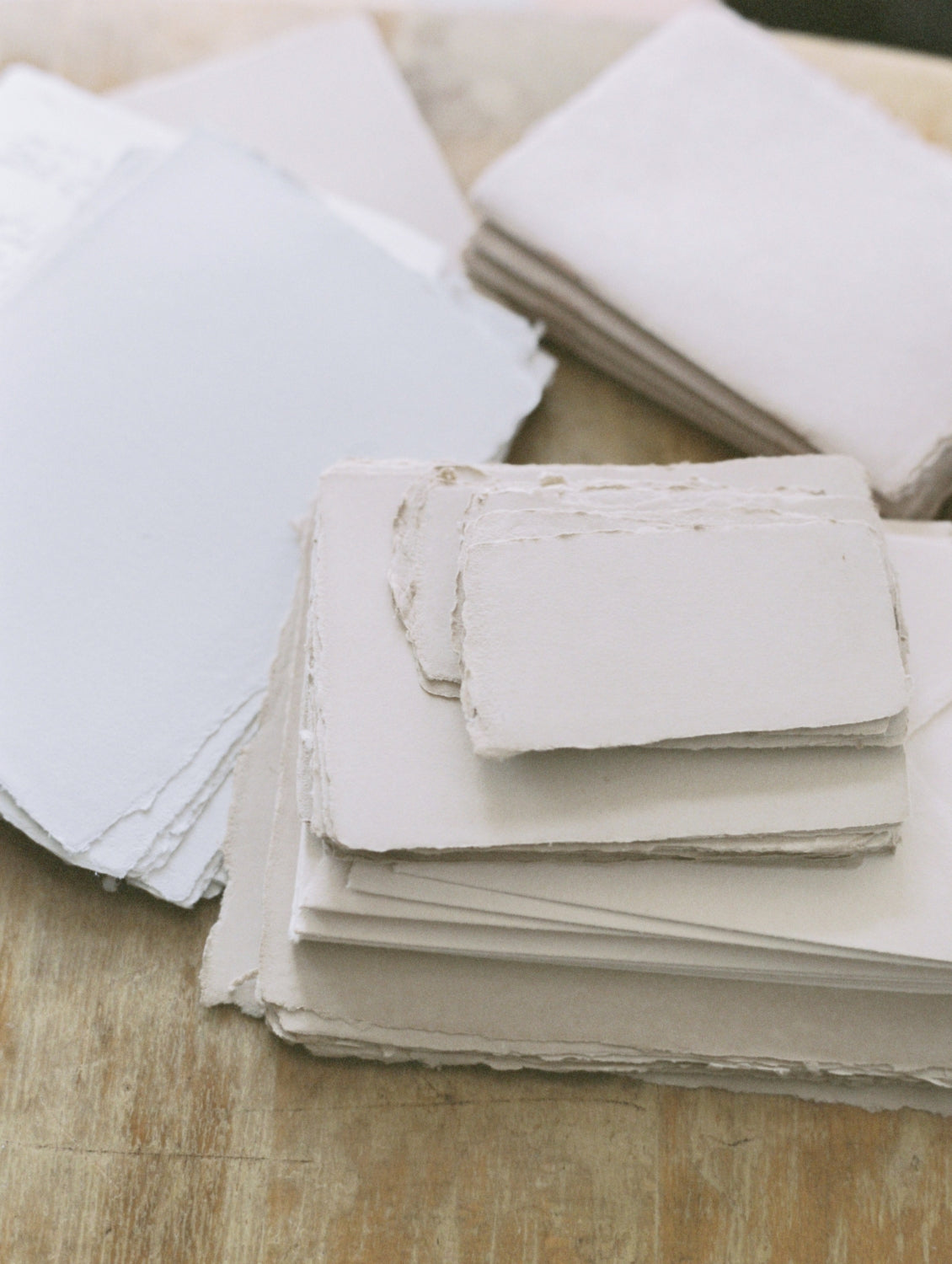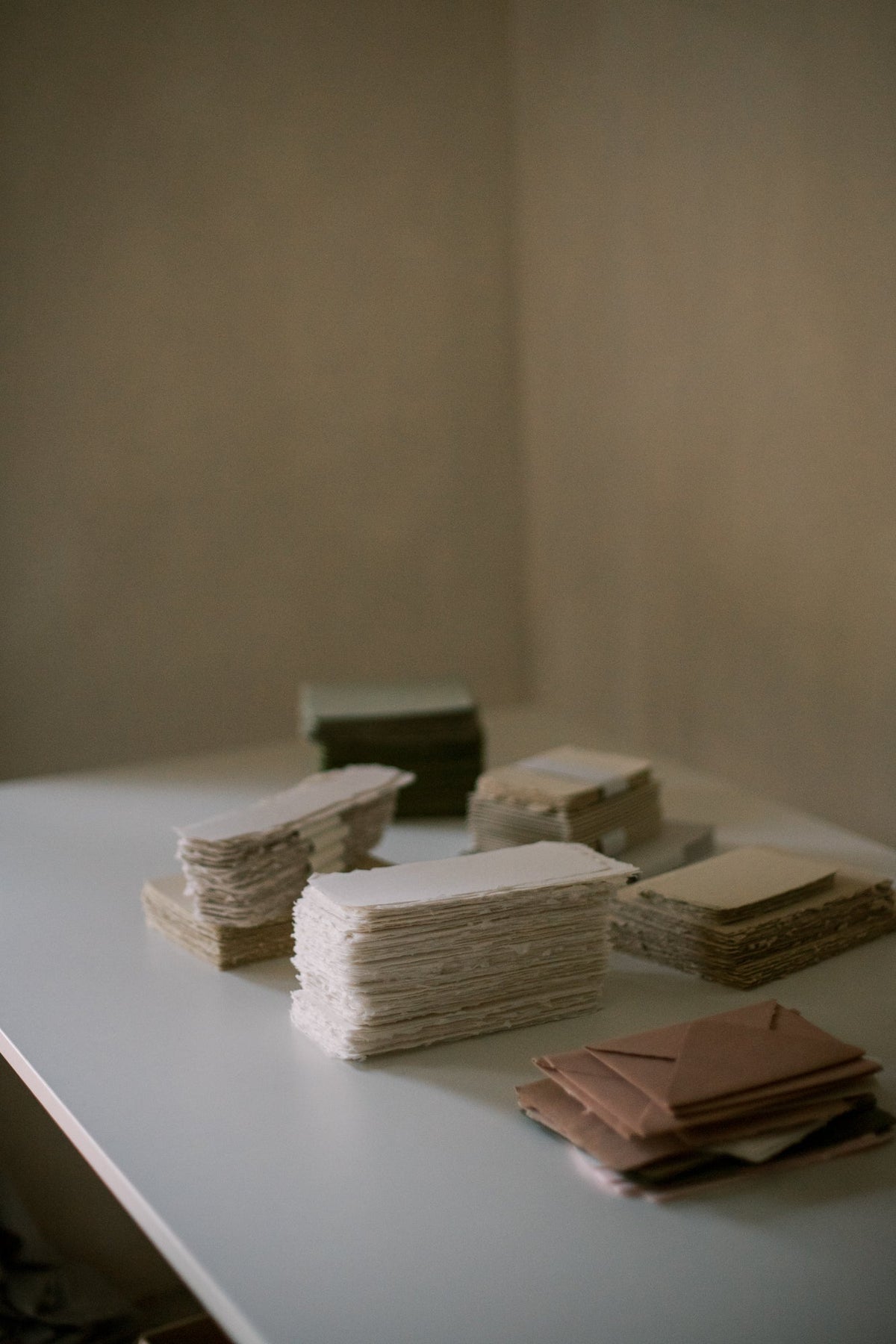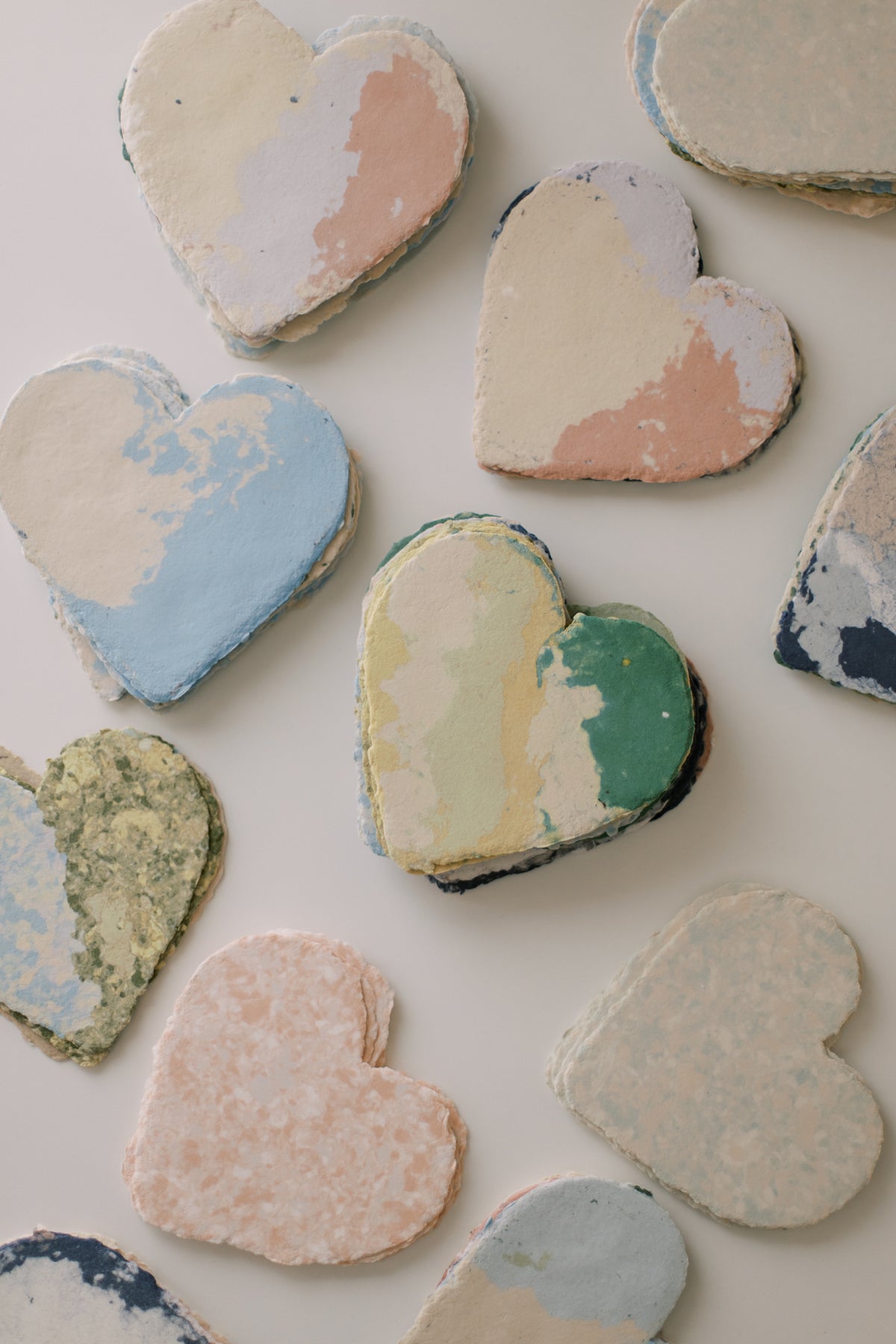 Understanding Calligraphy – Claudia writes
Understanding Calligraphy – Claudia writes

BRAUSE & CO NO. 31 M ON HANDMADE PAPER -
a medium nib that makes for carefree writing
Since my last blogpost about nibs, I have become a big fan of nibs in Medium. The difference that makes on handmade paper compared to fine nibs is remarkable. Even though it is of course possible to write with fine nibs on handmade paper, the feeling I have when writing with medium ones is just so carefree and light!

The latest nib I tested is again from the Brause family – I call it the "the rooster nib" (yes, there is a rooster on the nib. I love that little detail):
B R A U S E & C O N o . 3 1 M
I immediately fell in love with this nib. It is so gentle on the paper and doesn't tear off any fibres even when with sweeping calligraphy. After testing it, I immediately used it for a customer order and calligraphed several place cards with it. I used my favourite ink from Rohrer & Klinger in sepia.
When I test nibs, I always do my standard warm-up exercises first: Upstroke, Downstroke and Loops in different variations.
Tested with sweeping and modern calligraphy styles
After that, I tested my sweeping calligraphy style. Here I pay attention to how carefully the nib “forces” me to write and depending on that I can do the strokes faster or slower. I like it best when I don't have to pay too much attention here and can just let the calligraphy flow.
Afterwards I tested a modern calligraphy style with more pressure in the downstrokes. I hardly ever use this style anymore, so I'm a little out of practice. Apart from the fact that I have to improve my technique here, you can easily tell that the nib is also suitable for more classical calligraphy.

Since I found this nib, I keep going back to it for calligraphy projects and I will definitely re-stock it soon.

READ MORE HELPFUL TUTORIALS FOR WORKING WITH HANDMADE PAPER
Pair your calligraphy with these handmade paper products:






0 comments